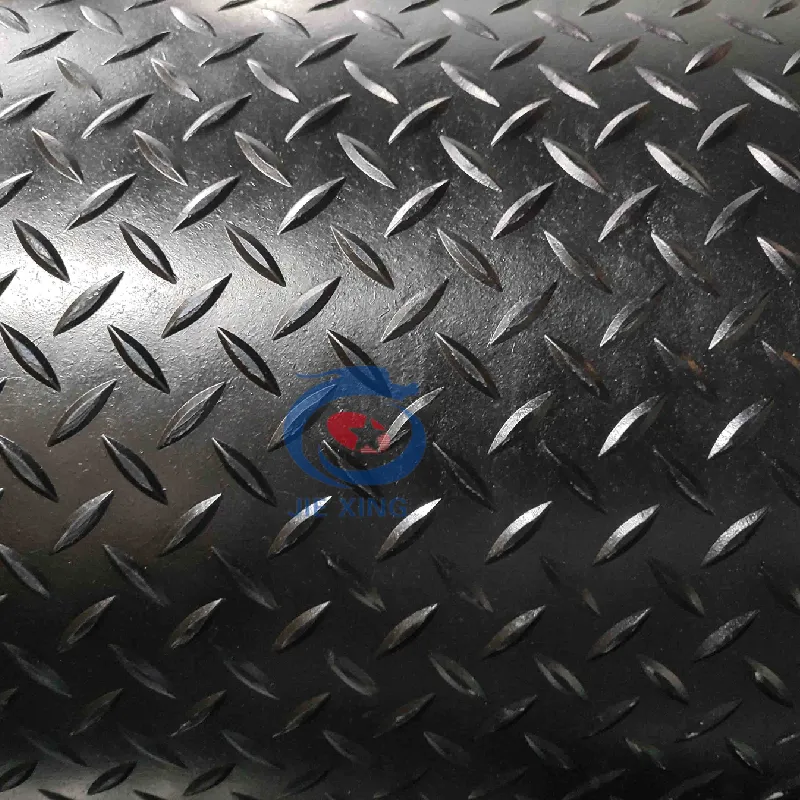How to Replace the Rubber Seal on Your Garage Door Effectively
Replacing Garage Door Rubber Seal A Complete Guide
A garage door is not just a gateway to your vehicle; it plays a crucial role in the overall security and insulation of your home. One often-overlooked component of a garage door is the rubber seal, or weather stripping, which helps keep out dust, debris, rain, and pests while maintaining your garage's temperature. If your garage door seal is worn out or damaged, it may be time for a replacement. Here’s a detailed guide on how to replace your garage door rubber seal effectively.
Understanding the Importance of Garage Door Seals
Before diving into the replacement process, it’s essential to understand why rubber seals are vital. Over time, your garage door seal can become brittle, cracked, or compressed, failing to provide the necessary protection against external elements. A damaged seal can lead to several issues, including
1. Energy Loss A worn-out garage door seal can result in significant heat loss during winter months, causing your heating system to work harder and increasing energy bills. 2. Pests and Insects Gaps created by damaged seals can invite unwanted pests into your garage or home. 3. Water Damage A compromised seal can allow rainwater to seep in, potentially causing damage to stored items, vehicles, or the garage structure itself.
Tools and Materials Needed
Before beginning the replacement process, gather the necessary tools and materials
- New rubber seal or garage door weather stripping - Utility knife or scissors - Measuring tape - Cleaning cloth - Adhesive (if required) - Screwdriver (if needed for removal of old seals)
Steps to Replace the Garage Door Rubber Seal
1. Assess the Current Seal Begin by inspecting the existing garage door seal. Identify the type of seal you have—some garage doors may use a U-shaped seal, while others might have a bulb seal or L-shaped design. Take measurements of the length of the seal you need to replace to ensure the new seal fits properly.
2. Purchase the Correct Seal Once you have the measurements, visit a local hardware store or shop online for the correct replacement seal. Be sure to choose a high-quality rubber seal that will withstand the elements and last for years.
replacing garage door rubber seal

3. Remove the Old Seal Carefully remove the old seal from the garage door. Depending on how it was installed, this may involve pulling it out of a track or cutting it away with a utility knife. Take care not to damage the garage door in the process.
4. Clean the Area After removing the old seal, take the time to clean the area where the new seal will be installed. Use a cleaning cloth to remove dirt, debris, and old adhesive, ensuring a smooth surface for the new seal to adhere to.
5. Cut the New Seal to Length Depending on the size of your garage door, you may need to trim the new rubber seal to the appropriate length. Use your measurements to ensure that it’s cut accurately.
6. Install the New Seal Position the new seal along the bottom edge of the garage door. If your seal has a track, press it firmly into place. If it requires adhesive, apply an even layer of adhesive to the area before placing the seal.
7. Test the Seal After installation, test the new seal by closing the garage door. Ensure that it fits snugly against the floor and that there are no gaps. Check for any areas that may need additional adhesive or adjustment.
8. Final Inspection Once you’re satisfied with the installation, perform a final inspection of the garage door. Make sure it opens and closes smoothly and that the new rubber seal provides a tight fit.
Maintenance Tips
To extend the life of your new garage door rubber seal, consider these maintenance tips
- Regular Cleaning Keep the seal clean by wiping it down periodically to remove dirt and debris. - Lubrication Apply silicone lubricant to the seal occasionally to prevent it from drying out and cracking. - Inspect Regularly Check the condition of the seal regularly, especially before seasonal changes, and replace it if you notice any signs of wear.
Conclusion
Replacing your garage door rubber seal may seem like a simple task, but it can have a significant impact on the protection and efficiency of your garage. By following these steps, you can ensure that your door remains sealed against the elements, pests, and energy loss for years to come. Don't wait until problems arise—take action today to enhance the performance of your garage door.
-
Under Door Draught Stopper: Essential ProtectionNewsJul.31,2025
-
Garage Door Seal and Weatherstrips for ProtectionNewsJul.31,2025
-
Edge Banding Tape for Perfect EdgesNewsJul.31,2025
-
Table Corner Guards and Wall Corner ProtectorsNewsJul.31,2025
-
Stair Nose Edging Trim and Tile Stair SolutionsNewsJul.31,2025
-
Truck Bed Rubber Mats for Pickup BedsNewsJul.31,2025
-
Window Weather Stripping for Noise ReductionNewsJul.29,2025